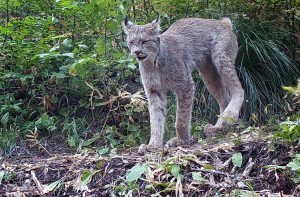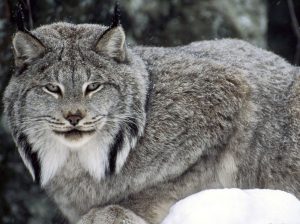
The Flathead Beacon had a nice article on the Canada lynx population in Glacier Park. John Waller, of course, gets a significant mention . . .
As a wildlife biologist studying rare and elusive carnivores in Glacier National Park, John Waller has spent much of his career trying to gain a better understanding of species that are genetically adapted to avoid human detection. In other words, whether he’s stalking wolverines, tracking grizzly bears or hounding fishers, Waller has grown accustomed to getting skunked in the field.
And yet, due in large part to his patience and tenacity, Waller’s trailblazing work has produced some of the best population estimates about the hardest-to-track critters, including a project he engineered 15 years ago to produce the first DNA-based population study of wolverines in Glacier.
“Ever since I started working here, my approach has been to kind of fill in our knowledge gaps and try to determine what we know and what we don’t know,” Waller said. “Typically, the things we don’t know, we don’t know for a pretty good reason — because they involve a species that’s difficult and expensive to monitor.”
Continue reading . . .




